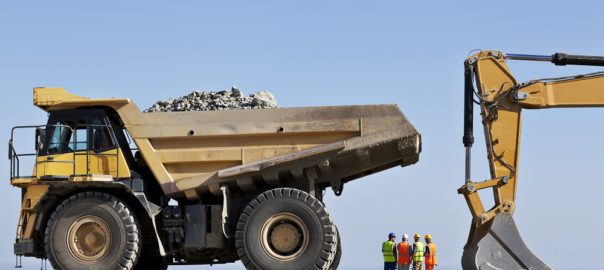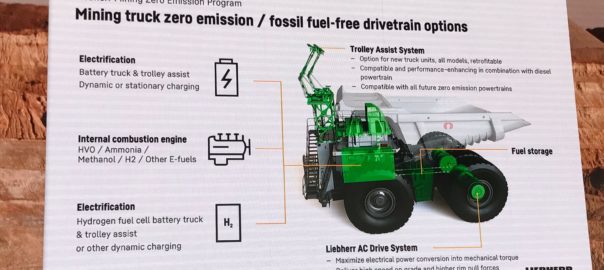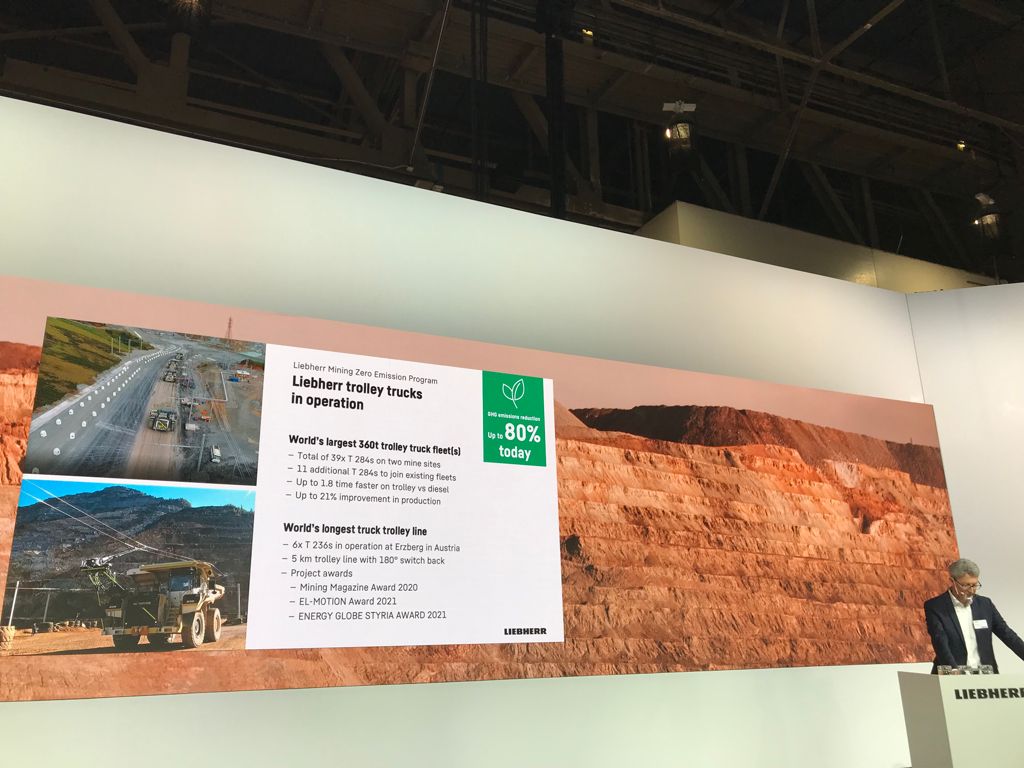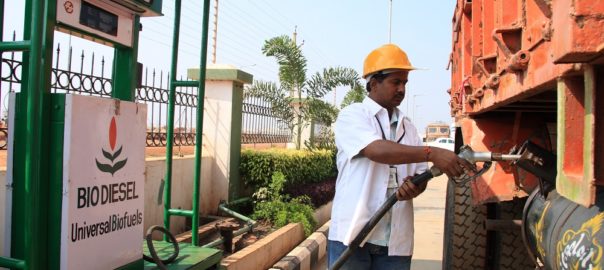Epiroc’s range of drill rigs, mine trucks and loaders for underground applications are now verified to be compatible with HVO100. This alternative fuel reduces particulate tailpipe emissions and other harmful substances, including greenhouse gases.
Rickard Johansson, Vice President Marketing at Epiroc’s Underground division, said: “By switching from fossil diesel to HVO100, customers can reduce CO2e emissions in operations by up to 1,000 tonnes per year, using a Minetruck MT42 S as an example. We are very proud to offer this alternative energy source to support our customers in the transformation towards more sustainable mining operations.”
HVO100 (Hydrotreated Vegetable Oil) can serve as a direct replacement for fossil diesel or be used in a blended form. When used in diesel engines, this renewable fuel can reduce CO2e emissions by up to 90%, according to Neste, compared with conventional fossil diesel, depending on operating conditions and production methods.
Ulrika Ford, Global Sustainability Manager, Epiroc Underground division, added: “Epiroc has ambitious sustainability targets for 2030, and we continuously strive to improve our offering by finding more sustainable customer solutions. The ability to use HVO100 in our underground rigs, loaders and trucks is an important step towards meeting these targets and helping our customers lower their carbon footprint.”
Moving from fossil diesel to HVO100 does not require any changes to service, installation or infrastructure, as it works similarly to mineral diesel, according to Epiroc. This makes the transition to HVO100 a smooth and practical alternative solution, it says.
HVO100 can be used in all underground drill rigs, mine trucks and loaders produced from December 2022. For compatibility with earlier models, and for machines already in the field.
Epiroc says it is committed to halving CO2e emissions in our own operations. For example, in the product company in Örebro, Sweden, fossil diesel usage is being phased out and all machines are now fuelled up with HVO100 instead.
In November 2023, Epiroc announced HVO100 compatibility for surface drill rigs.














